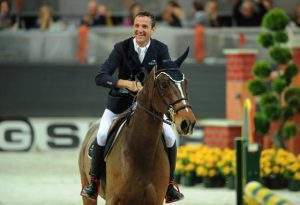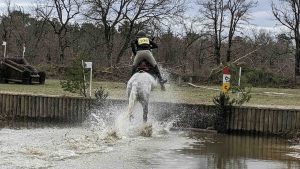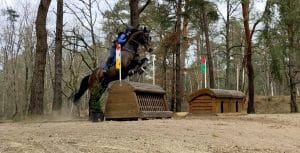
Luca Moneta ride in 5* level and participated to the biggest competitions in jumping.
Called “UFO” by Grand Prix’s magazine, he is considered as an atypical horse-rider, by his ethological approach and his horses without shoes.
We wanted to contact the famous rider to learn more about his choices and the management of his horse’s hooves at the highest level.
Ekico : Mr. Moneta, are all your horses barefoot? Or only some of them?
The quality of the feet, the history, the age … are important points in the possibility of being barefoot or not and in some cases, it is too extreme and painful to have horses without protections at all.
Ekico : Okay. And what led you to explore this approach? An approach that can be called "natural"?
It is that in my experience, I had some horses and the management of their feet was very difficult, we did not find solutions despite the possibilities offered by horseshoes.
This led me to look for other alternatives with my team.
In certain conditions I use horseshoes (on grassy fields for example), but overall I seek the compromise between protection and performance without horseshoes.
Ekico : And how are these changes managed by your team? Especially for your farrier and your veterinarian?
Once we agree between us (farrier/trimmer, veterinarian and rider) we all work together, we are a real team. It is essential to work as a team.
Ekico : According to you, why do you think these alternatives without horseshoes are not more explored and adopted by the riders?
It can be difficult to take the plunge to test new things, to dare to try solutions that do not yield results or worse results, grope to get the desired improvement.
Ekico : But, you are the proof that it can work.
He had a rest period a few years ago, where he was only at the paddock. I decided at that moment to remove his shoes and bandage his feet while I was not riding him.
During this rehabilitation, I found that Neptune really moved better and better …
So I wanted to ride him a little like that to see, without horseshoes and with hoof bandage.
I found that he was really good, and since that day he is in great shape, we are ranked in competitions, for me he is well, I think he moves beautifully!
Ekico : I have one last question. In France there are tensions between the farrier and people positioning themselves as podiatrist. This status is not recognized in France today, it is even forbidden for people who do not have training in farriery or veterinary medicine. This is also the case in Italy ?




